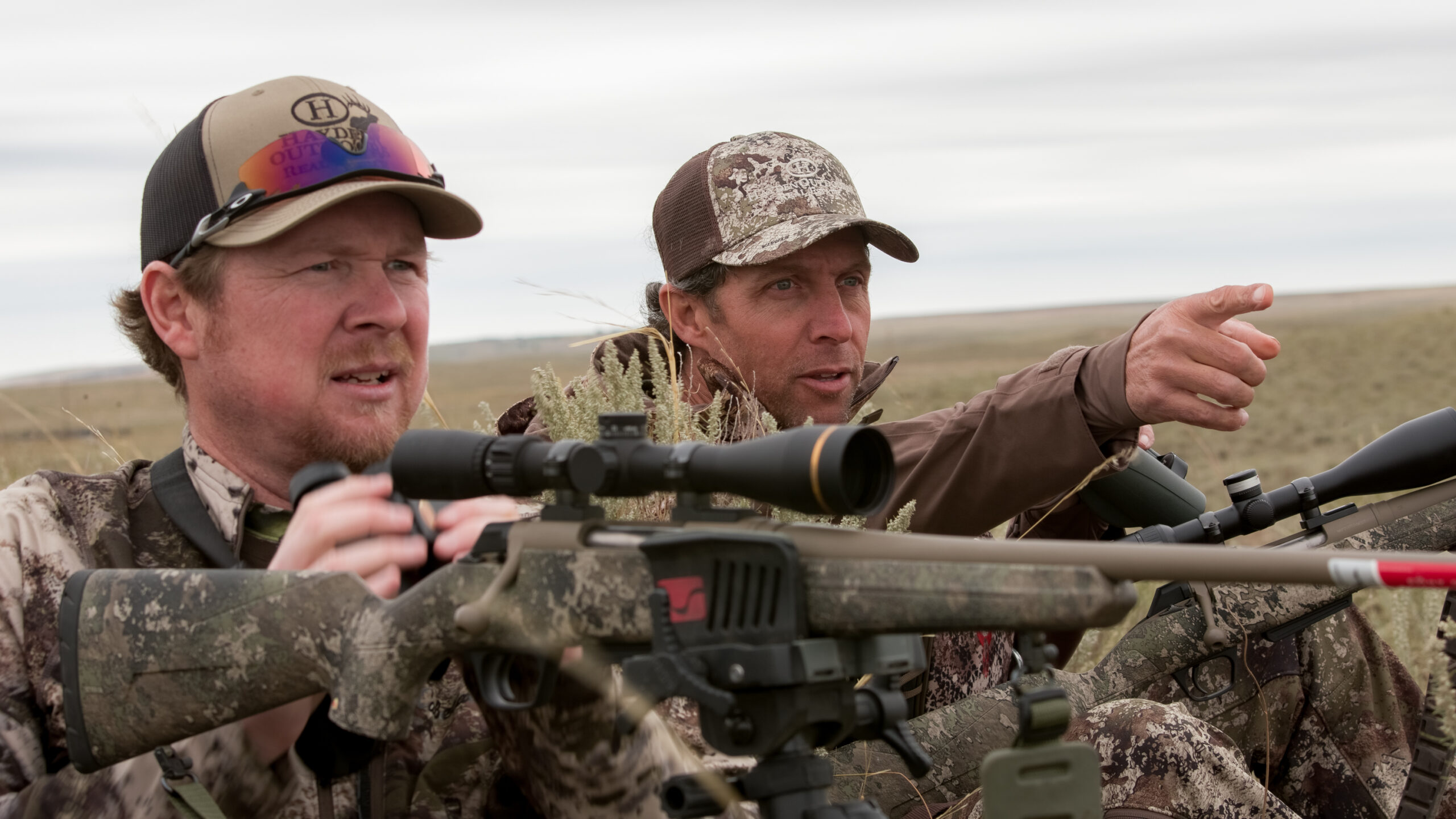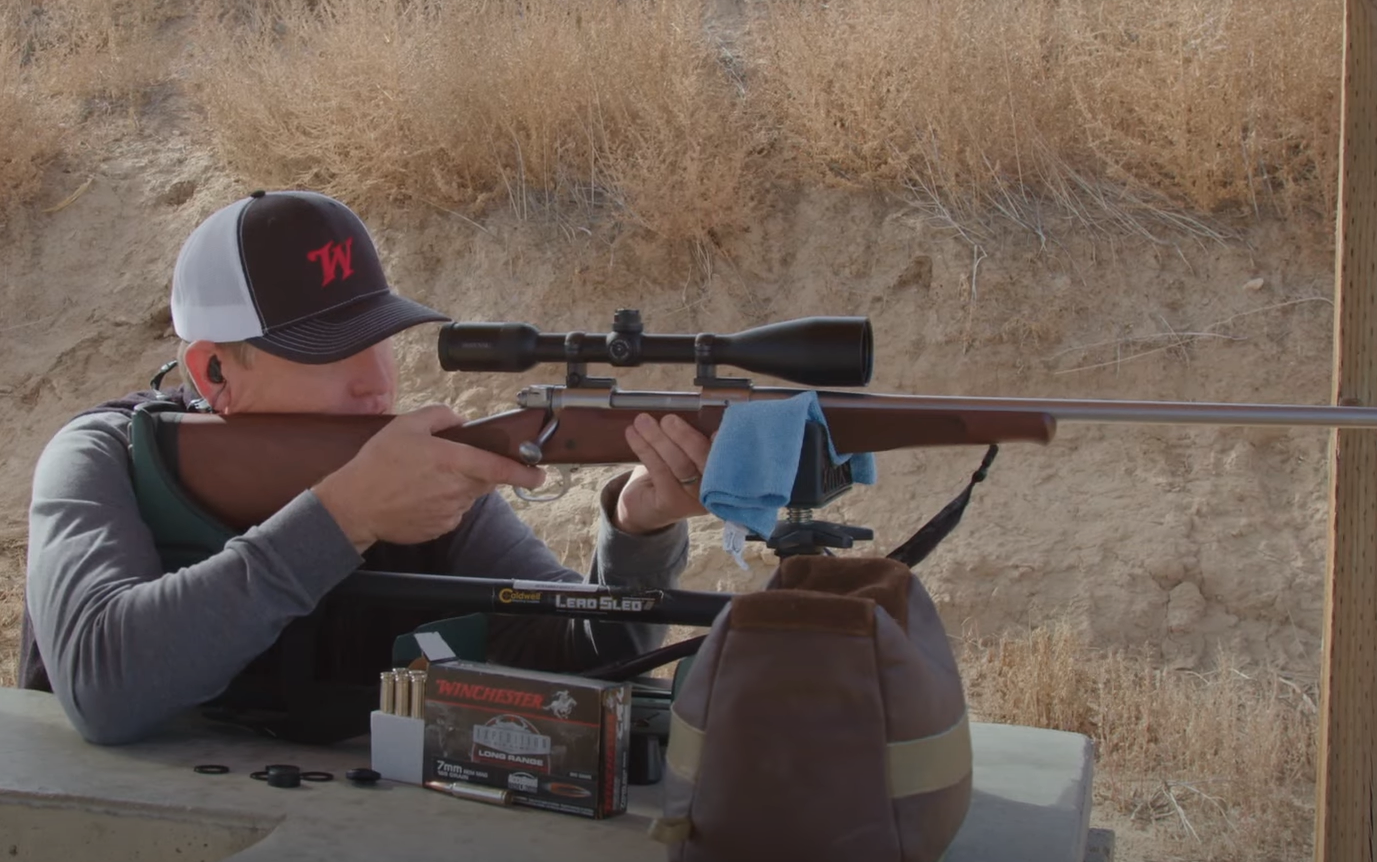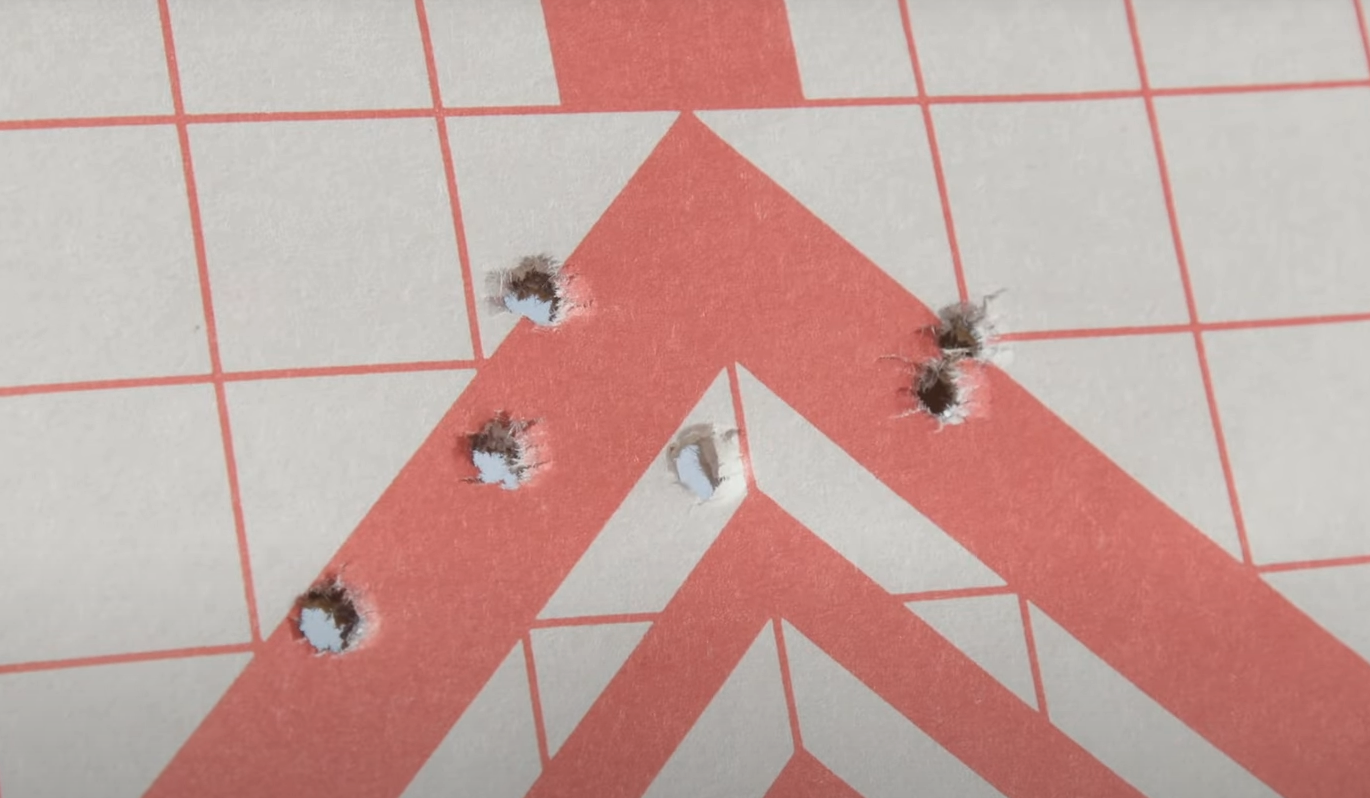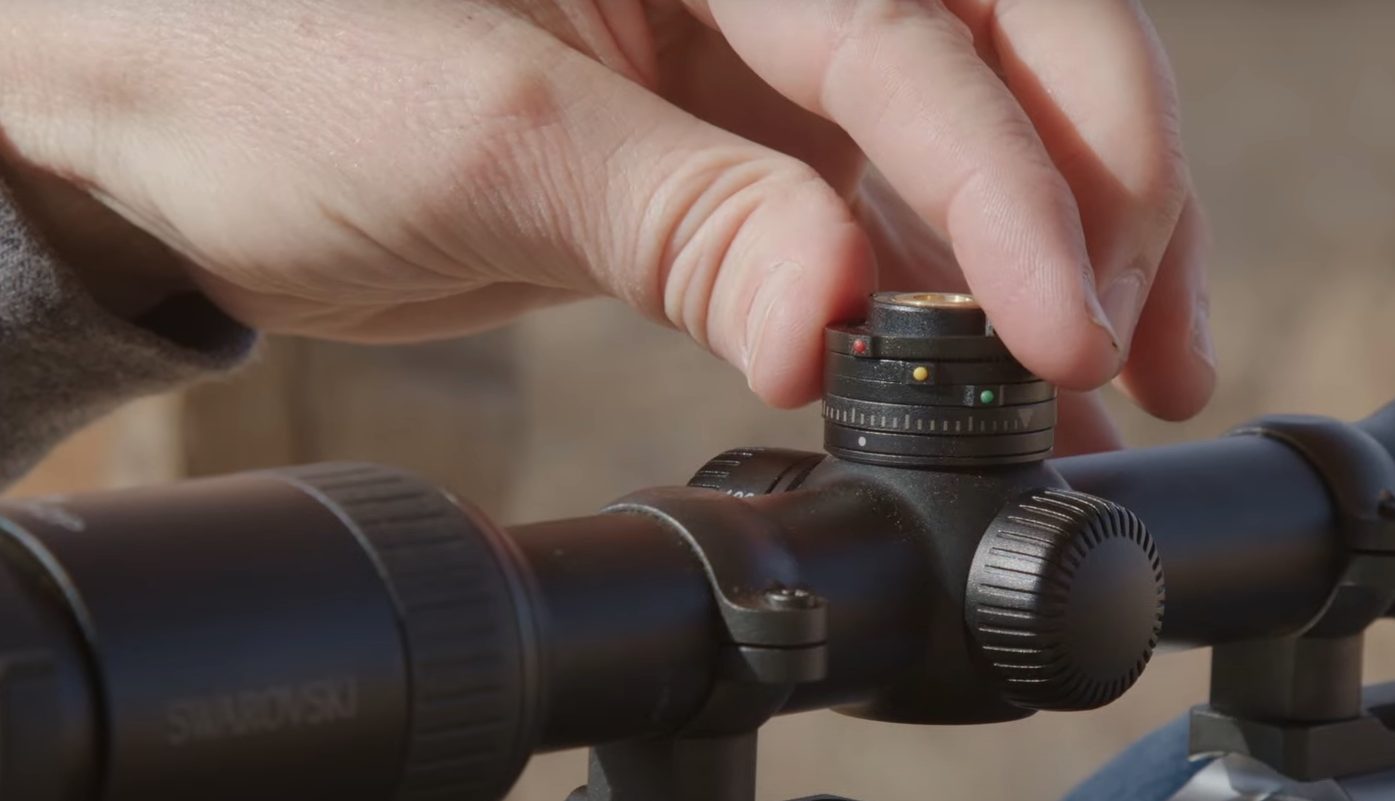
Sign in
Sign in to save favorite properties and equipment, save your search parameters and more
Don’t have an account yet? Sign Up Now
Sign up
Already have an account? Login Now


Sign in
Sign in to save favorite properties and equipment, save your search parameters and more
Don’t have an account yet? Sign Up Now
Sign up
Already have an account? Login Now
For the past 35 years, Clay Owens has been among the top names in big game hunting in the U.S. He was an outfitter in Western Colorado, managing three of the largest operations in the state for 20 years. Today, he still actively guides hunts near Steamboat Springs, and in 2018, he applied his deep knowledge of rangelands and Midwest hunting properties to a different endeavor – recreational real estate agent for Hayden Outdoors. Neatly put, Clay knows a lot about building a gun range on your property.
As a guide on some of the country’s most notable hunting lands, Clay became an expert in setting up long-range shooting courses. Now he puts that knowledge to good use, helping his clients find property that can accommodate a personal gun range, and he’ll be quick to note that when you’re building a gun range on your property, there are several considerations you should keep in mind. It’s also important to note these considerations are general guidelines, and the specific requirements vary depending on your location.
Clay stresses, “It’s crucial to consult with local authorities, legal professionals, and shooting range experts who can provide guidance based on your jurisdiction’s laws and regulations.” With that in mind, he also provided these key factors to consider when setting up a personal gun range.

Building a shooting range on your property to practice for hunting – Hayden Outdoors agent Clay Owens guides Allen Treadwell on a predator hunt filmed for Life on the Land TV Show.
There are a variety of property considerations for home gun ranges, starting with size and a proper backdrop for the target area.
“The biggest safety factor is your backdrop; it needs to be big enough to prevent ricochet and bullets from flying past the target, typically 20 – 60 feet high.” Clay explains this backdrop can be an established natural feature, such as a cliff wall, or something you build, like a large dirt bank. If you’re looking to buy land that’s well suited for a home gun range or build one on land you already own, Clay recommends utilizing heavy topography, such as canyons and hills, for a backdrop. The parcel should also be a minimum of 40 acres, although simple home handgun ranges require less acreage. If your goal is long-range shooting, the number goes up, with 500 acres being the minimum land you should look for to ensure success and safety.
To put this into real world context, Clay is currently overseeing the build and installment of a long range at the Hayden Outdoors Ranch in Nebraska. About as complex and involved as a personal gun range can get, this impressive amenity will feature a five-stand shot range for sporting clays, a hand gun range with a cliff wall backdrop to prevent any escaped projectiles, and a 1,550-yard long range with steel plate targets every 100 yards. All of this is located in a canyon where shooters can practice out of the wind.
Once you have established a workable piece of land for building a gun range on your property, it’s important to check in with relevant county officials to ensure you’re complying with any permitting, insurance requirements, private gun range laws, and noise ordinances.
Clay suggests starting by visiting your county website to determine who the best person to talk to might be. Typically this is the county commissioner or sheriff’s office. And while it’s not necessary on private land, he also suggests putting up proper signage around the gun range so visitors know it’s an active shooting zone.
“Generally speaking, most rural areas are not going to have any kind of regulation for that type of activity. The closer you get to an urban or neighborhood setting, the more you’ll need to take noise and compliance into account.”
Again, Clay emphasizes the importance of implementing proper backdrops, bulletproof barriers, and safety berms to mitigate ricochet or stray bullets. It’s also key to establish clear safety protocols and range rules. “It’s important to let people know when you are having active fire on the range. For dude ranches, hunting properties, or family plots where people are doing other activities, put up a sign that designates the range is active.”

Dan Brunk, Marketing Director at Hayden Outdoors, sights in his rifle before his elk hunt.
Clay points out that building a gun range on your property typically doesn’t require insurance riders, but it’s important to check with your insurance agent to make sure. “If you have gun range courses or start charging for use, then you’ll need to explore liability insurance and waivers.”
Whether private or part of your property’s larger revenue generation activities, understanding the risks associated with operating a gun range is imperative to its success and the safety of its users. If you’re not sure what these risks might be, talk with a gun range expert to learn more or reach out to Evan Anderson, the Hayden Outdoors’ Insurance Representative.
If you’re lucky enough to shoot on a 1,500-acre gun range like the one Clay is building at the Hayden Outdoors Ranch, noise is most likely not an issue. The sound of shots fired will ultimately be swallowed up by the surrounding landscape or fade into the vastness of such immense acreage. But if you’re building a private gun range on less acreage and closer to neighbors, it’s important to understand – and mitigate – the impact of shooting range noise.
Start by understanding the potential noise impact on neighbors, and communicating with them your intent for the range, your frequency and hours of use, and then address any concerns they might have. Taking a few minutes to talk with your neighbors now can save you countless angry phone calls and complaints later. Also research sound-dampening techniques and materials and acoustical barriers.
The environmental impact of a home gun range is something to consider from the very beginning of the process. It can influence the design of target retrieval roads and trails, and all ranges should consider soil contamination from lead but especially those built near natural water sources, such as streams and creeks flowing through the property.
“In regards to lead, there are companies that will come and retrieve the lead out of banks and shooting ranges,” says Clay. “For folks who are really concerned about lead contamination, you can shoot copper bullets exclusively.”
Additionally, be mindful of target retrieval roads and trails, making sure they don’t disrupt wildlife habitat such as bedding, roosting, and resting areas. This is particularly important if the land doubles as a hunting property.
Dr. Peddicord of Environmental Range Protection has years of experience consulting private land owners and public entities on proper range environmental practices. “A fundamental objective is to keep bullets and shot off neighboring properties. For rifle/pistol ranges this requires appropriate space and terrain to place adequate backstops far enough from property boundaries that bullets ricocheted or flipped off the backstop will not reach the property boundary.” For shotgun clay target venues, recognize that shot deposits much farther downrange than often expected, especially when shooting downslope. As an initial generalization, recognize that shot may fall 300 yards and perhaps more from the shooting position, depending on terrain and site conditions.
“It is important that shot and target debris do not reach adjoining property and that they do not fall into waters or wetlands on your property. If siting a range for a business or more frequent use, the most fundamental management consideration is periodic reclaiming and recycling of bullets and shot on ranges. Keep in mind this is much more efficient on moderately slopping un-forested areas without boulder fields where the necessary equipment can operate effectively.”
For further gun range consultation please reach out to Dr. Peddicord at http://environmentalrangeprotection.com.
As discussed, your personal shooting range is going to be specific to your property and its allowances. Before you begin, determine the layout of the range (indoor or outdoor) and the appropriate shooting lanes and target distances. This is an excellent time to consult with a shooting range expert on best practices to ensure you get the most out of yours.
It’s also important to think about orientation if you have the flexibility to do so. For example, a south-to-north range will maximize natural light on the targets while minimizing glare from natural light in the shooter’s eyes.
Select appropriate materials for construction, targets, and safe backdrops. This will vary if you’re building an indoor or outdoor range. Earth berms, log walls, and railroad ties walls work well for outdoor backdrops as do swinging steel targets that can absorb a bullet’s velocity without shattering. They also allow the shooter to hear the hit, versus having to walk long distances to confirm impact.
The size and location of your home gun range will determine the equipment required to maintain it. Targets, shooting lanes, and shooting benches all require upkeep, so it’s important to keep this in mind when budgeting for your range.
Setting up a maintenance schedule can help. Consider the work required to maintain the backdrop – be it a natural one or something you’ve built. Additionally, map out what you think will be required to keep your shooting range in proper working order, including trail maintenance, materials reviews, target replacements, etc.
Clay points out, “If you’re having to construct a backdrop, you’re going to always need to add dirt. For active ranges, you’ll be replacing targets constantly.”

Personal shooting ranges provide a lot of opportunity. There’s the thrill of shooting, the possibility to improve, and camaraderie of target practice with friends. But there’s also the benefit of learning about the sport in a safe environment, one that can promote responsible gun ownership and firearm handling.
For those looking to incorporate gun safety training and education into their home gun range, Clay recommends a few things. First, the NRA offers an abundance of gun safety and gun education resources, especially for those who are new to the sport like young children and women – the fastest growing segment of gun owners.
“I also always recommend people go to their local gun shop. Talk to them about training or people in the area who offer it locally. It’s a great way to learn the basics of gun safety as well as any local rules and regulations that might be relevant to your gun range.”
Adding a home gun range to your recreational property is a great way to increase the land’s versatility while also adding value. Clay concludes, “Adding a gun range to your property can absolutely increase its worth. It’ll enhance the value to a certain segment of buyers – people looking for hunting land with a range set up.”
To this point, he recommends getting in touch with a recreational real estate agent as soon as you decide you’re interested in a gun range property. Clay uses his expertise to identify and purchase legacy properties for his clients – the kind that speak to personal passions and generational family involvement.
The avid outdoorsman drives the point home. “My family loves to go out and clink at different things. My wife, daughter, and son are all shooters. It becomes a fun competition with our kids, and it’s a lifelong activity for our family. There are a lot of people buying firearms for recreational shooting, now more than ever before.”
Clay is quick to reiterate the need for encouraging responsible and safe firearm use, while also pointing out how building a gun range on your property offers an excellent opportunity to accomplish both. If you’re interested in learning more about selling property you feel is ideal for a home gun range, or you’re in the market to buy recreational land that can become the future home of one, talk with Clay Owens or a Hayden Outdoors real estate professional today. They’re the outdoor experts in the type of hunting or personal gun range property you’re looking for.
